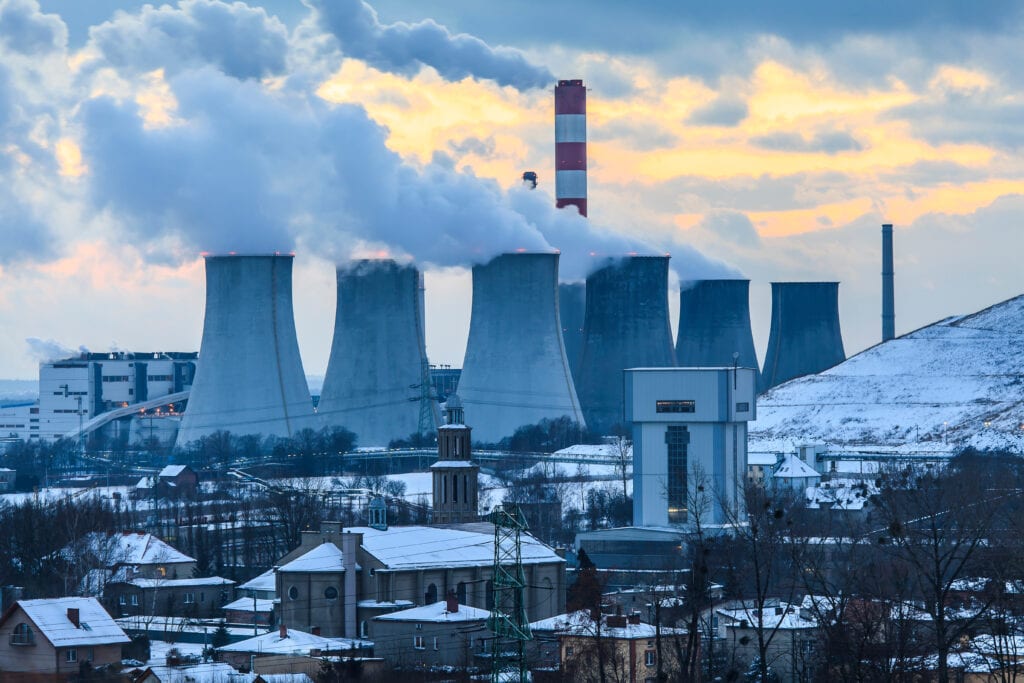Innovation can help solve problems. But there are two types of problems that need different types of innovation – complicated problems and complex problems.
Innovation and Complication
The first type of innovation is based on solving a specific and well defined, but complicated problem. This is often what most people think of when it comes to innovation.
For these specific problem innovation examples, the innovation challenge is usually associated with specialist design that may be enabled by a breakthrough in technology, end-user engagement and diverse thinking – or some combination. The problem is often clearly identified so the problem statements are often described in some of the following - cheaper, faster, smaller, and convenient.
To find solutions to the specific problems, subject matter expertise often identifies ‘adjacent possibilities’, where breakthroughs are based on taking one or two steps forward from the currently available solutions.
There may be four or five viable options available and one, maybe two, are pursued. The ingenuity and focus of teams and users can deliver great results. This may involve trial and error – but the innovators know there is a solution to be found. But when and how might be much more uncertain
One of the best examples of how innovation came to find a solution to solve a complicated problem is that of electricity generation.
Using high-pressure steam turbines to turn heat into electricity as a means of generating power became viable through a series of inevitable engineering and scientific breakthroughs. The original installation of a piston-cylinder pump by Thomas Newcomen in a Staffordshire mine in 1712, followed by the addition of a condensing chamber to create a steam turbine by James Watt in 1764, and the addition of an electrical dynamo by Charles Parson’s in 1884, completed the inevitable series of adjacent possibilities that resulted in the heating of water – by burning coal or gas - to create electricity.

Finding a solution was focussed on a combination of engineering and scientific subject matter expertise looking at how to integrate systems, drive down costs and increase turbine efficiency – the problem was how to create greater power at lower cost. Over the past 150 years, the design of the steam turbine and its us in coal-powered or gas-powered electricity generation has remained largely the same, with innovations focussed on electricity generation being cheaper, faster, smaller, and more efficient.
It was a complicated problem, but there was a solution to be found.
Innovation and Complexity
Comparing the innovations needed to generate affordable and widespread electricity, contrasts the second type of innovation, complex systems innovation, where engineering and scientific expertise is not the key enabler.
Complex systems innovation is based on joining the dots to solve complex problems – with the complexity coming about from the mix of not just technology, but people, processes, and culture. And it is often the people-aspect that creates the most complexity when it comes to finding solutions.
When it comes to complexity:
- The innovation journey is often a near-random walk of different size steps with the occasional quantum leap through a complex landscape.
- There is no single journey starting-point, path, or end-point – the innovation journey is infinite in duration.
- At any point, there are several different factors that contribute to the innovation journey.
People naturally introduce complexity – so joining the dots needs more than just subject matter expertise. The innovation challenge is often one of making change so new techniques are needed.
Solving complex problems is when diversity matters most. Joining the dots means thinking in new ways and avoiding the fixed mindsets. Iterative exploration of a complex problem by looking at the mix of technology, people, process, and culture is an opportunity to scope out the real innovation challenge and identifying the real problems.
As an example, we can return to the topic electricity generation.
Globally, electricity generation has undoubtedly changed people’s lives for the better – the needs of billions of people around the world for heating, refrigeration, lighting, manufacturing, transport, and communications are being met.
But little did the innovators Newcomen, Watt and Parsons know that one day coal and gas-powered electricity generation would, through its release of carbon dioxide and biproduct pollutants, lead to the world’s greatest existential threat – climate change.
Scientific and engineering solutions exist to provide clean energy – nuclear fission releases huge amounts of energy in the form of heat – but also radiation. So with carbon dioxide emissions taking us towards a climate change tipping point, nuclear power could play a large part of the solution to climate change mitigation.
The challenge for the proponents of nuclear power is complex. It is one of openly and transparently changing perception about safety, addressing the global geo-political of nuclear waste management, and preventing its illegal use for military or terrorist purposes.

Whereas the challenges of scaling up alternative clean energy generation using wind. solar and hydrogen are, currently, mostly scientific and engineering in nature – they are complicated, but it is inevitable that over time, solutions to make them cheaper, faster, smaller, and more convenient will be found. But maybe too late.
A Final Thought
Complex innovation means addressing problems that have a complex mix of people, processes, systems, and culture – and recognising that the mix exists and changes based on system context. Innovation only happens by joining the dots and this needs experiential diversity - and the innovation journey needed to deliver green energy needs a lot of dots to be joined – political, legal, social, economic, engineering, scientific and cultural.
So what can be done about the need for green energy now knowing that climate changes underway?
And what if nuclear is the only option?
Whilst it is tempting to provide a definitive answer, unlike the design of the coal-powered electricity generator and its rapid rollout before its whole-system impact was understood, the problem is too complex for quick fixes - but establishing an experientially diverse team that cover the political, legal, social, economic, engineering, scientific and cultural factors is a good place to start.




